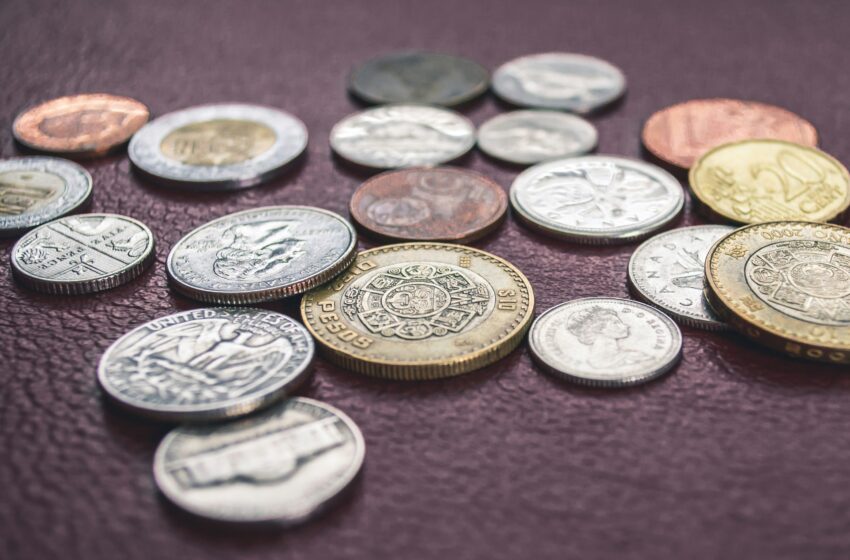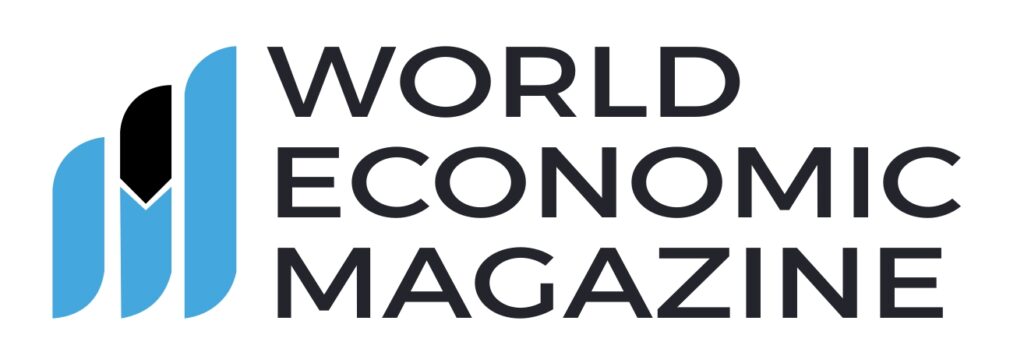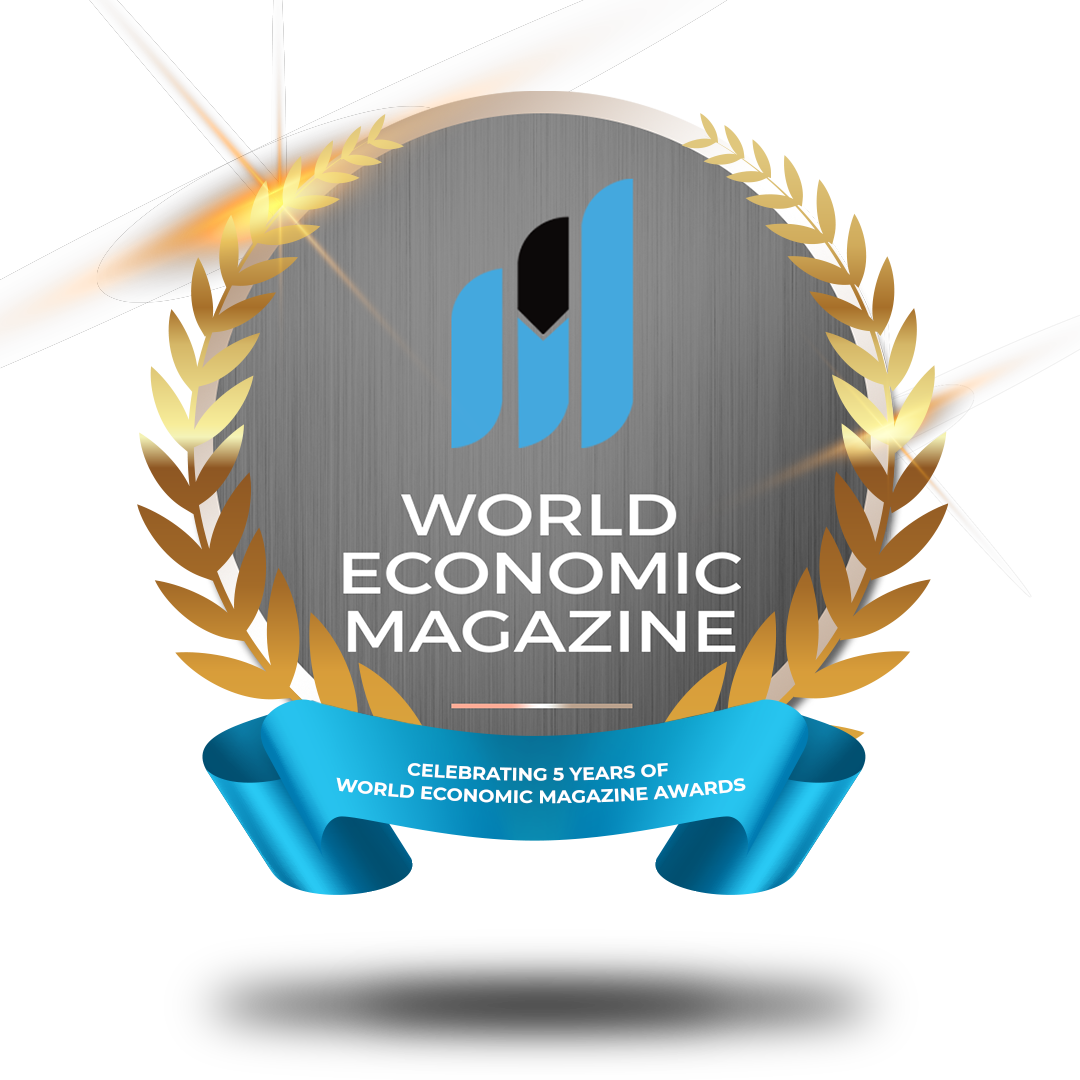
Navigating Turbulence: The Bank of America’s Approach Shakes Asian Currency Markets
The Asian currency market is entering a turbulent phase, with Bank of America adopting a bearish stance on several currencies in the region. Amid delayed Federal Reserve easing cycles and sustained strength in the U.S. dollar, Asian currencies are facing significant challenges. This article delves into Bank of America’s outlook on key Asian currencies and explores the factors contributing to this “chaotic era.”
Bank of America has expressed bearish sentiments on a number of Asian currencies, including the Chinese yuan, South Korean won, Taiwan dollar, Thailand baht, and Vietnamese dong. The investment bank cites various factors contributing to this pessimistic outlook, such as delayed Federal Reserve easing cycles and the U.S. dollar’s sustained strength.
Bank of America forecasts the Chinese yuan to trade at 7.35 against the U.S. dollar this quarter, weakening further to 7.45 in the third and fourth quarters. The bank anticipates sustained depreciation pressures on the yuan due to delayed Federal Reserve easing, China’s disinflationary behavior exacerbating yield gaps with the U.S., and a weak financial account resulting from a deterioration in foreign direct investment.
The outlook for the South Korean won has significantly turned due to the Fed’s delayed rate cuts and escalating geopolitical risks in the Middle East. Bank of America’s economists note impressive inflows into Korean equities year-to-date, but these inflows are beginning to reverse as global equities face increased risks. The won recently slipped to an 18-month low against the dollar, prompting the Bank of Korea to label the volatility as “excessive.”
Bank of America remains negative on the Taiwan dollar, attributing its stance to strong equity outflows and life insurance companies’ additional unwinding of non-deliverable forward hedges. The Taiwan dollar is currently trading at 32.6 per U.S. dollar, reflecting the currency’s vulnerability amidst these challenges.
The Vietnamese dong has weakened by almost 5% against the dollar this year, with Bank of America pointing to political instability and challenges in the property sector as contributing factors. The Thai baht, on the other hand, remains vulnerable to geopolitical tensions, higher oil prices, and freight costs. Bank of America has revised its forecast for the Vietnamese dong to 25,600 by the end of 2Q and for the Thai baht to 37 against the greenback by the end of the year.
While Bank of America is bearish on several Asian currencies, it maintains a neutral stance on others. The Hong Kong dollar, Indonesian rupiah, Indian rupee, Malaysian ringgit, Philippine peso, and Singapore dollar fall under the “neutral” category. These currencies are not immune to the challenges facing the region but are perceived as relatively stable compared to their bearish counterparts.
Interestingly, Bank of America did not mention the Japanese yen in its outlook. The currency has hovered around 34-year lows against the U.S. dollar and has struggled since the Bank of Japan raised rates in March. While not explicitly included in Bank of America’s analysis, the yen’s performance remains a topic of interest for investors monitoring Asian currencies.
Conclusion: Navigating the Turbulent Waters
The Asian currency market is undoubtedly facing a “chaotic era,” as Bank of America describes it. Investors navigating these turbulent waters must exercise caution and stay informed about the evolving landscape. While some currencies are facing significant challenges, others offer relative stability. As always, diversification and a well-informed investment strategy remain crucial to navigating these challenging times in the Asian currency market.






